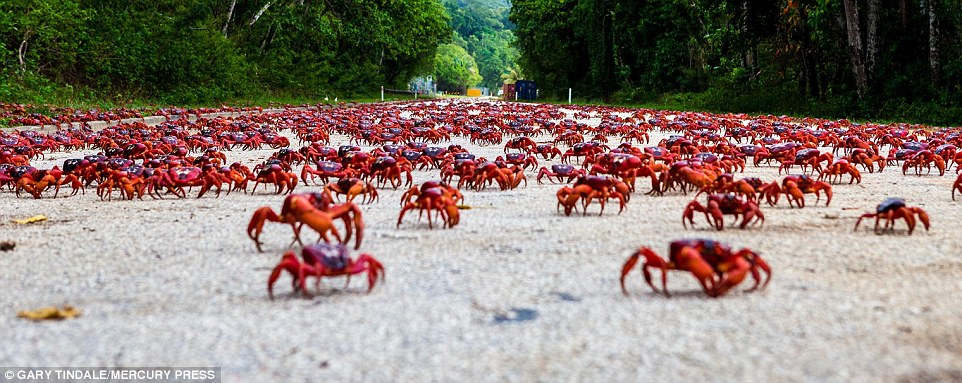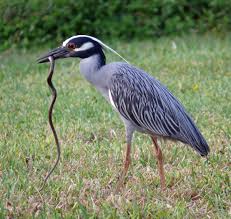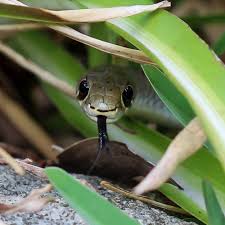Souvenir Sheet: Issued In A Sheet Forming Composite Design (Uruguay 2015)
Issued In A Sheet Forming Composite Design (Uruguay 2015)
05 June (Uruguay ) within release Wetlands for Our future goes into circulation Souvenir Sheet Issued In A Sheet Forming Composite Design face value 10*15 Uruguayan peso
| Souvenir Sheet Issued In A Sheet Forming Composite Design in catalogues | |
|---|---|
| Michel: | Mi: UY 3418-3427 |
Souvenir Sheet is square format.
Also in the issue Wetlands for Our future:
- Stamp - Scarlet-headed Blackbird (Amblyramphus holosericeus) face value 15;
- Stamp - Black Skimmer (Rynchops niger intercedens) face value 15;
- Stamp - Chilean Flamingo (Phoenicopterus chilensis) face value 15;
- Stamp - Snowy Egret (Egretta thula) face value 15;
- Stamp - Plumbeous Ibis (Theristicus caerulescens) face value 15;
- Stamp - Capybara (Hydrochoerus hydrochaeris) face value 15;
- Stamp - Saffron-cowled Blackbird (Xanthopsar flavus) face value 15;
- Stamp - Greem Snake (Philodryas aestiva) face value 15;
- Stamp - Neohelice crab (Neohelice granulata) face value 15;
- Stamp - Melanophryniscus montevidensis face value 15;
- Mini Sheet - Wetlands for Our future face value ;
- Stamp - Scarlet-headed Blackbird (Amblyramphus holosericeus) face value 15;
- Stamp - Black Skimmer (Rynchops niger intercedens) face value 15;
- Stamp - Chilean Flamingo (Phoenicopterus chilensis) face value 15;
- Stamp - Snowy Egret (Egretta thula) face value 15;
- Stamp - Plumbeous Ibis (Theristicus caerulescens) face value 15;
- Stamp - Capybara (Hydrochoerus hydrochaeris) face value 15;
- Stamp - Saffron-cowled Blackbird (Xanthopsar flavus) face value 15;
- Stamp - Common Green Racer (Phylodryas aestiva) face value 15;
- Stamp - Grapsid Crab (Neohelice granulatus) face value 15;
- Stamp - Montevideo Red-belly Toad (Melanophryniscus montevidensis) face value 15;
- Souvenir Sheet - Issued In A Sheet Forming Composite Design face value 10*15;
Souvenir Sheet Issued In A Sheet Forming Composite Design it reflects the thematic directions:
Animals are multicellular, eukaryotic organisms of the kingdom Animalia (also called Metazoa). All animals are motile, meaning they can move spontaneously and independently, at some point in their lives. Their body plan eventually becomes fixed as they develop, although some undergo a process of metamorphosis later on in their lives. All animals are heterotrophs: they must ingest other organisms or their products for sustenance.
Birds (Aves), a subgroup of Reptiles, are the last living examples of Dinosaurs. They are a group of endothermic vertebrates, characterised by feathers, toothless beaked jaws, the laying of hard-shelled eggs, a high metabolic rate, a four-chambered heart, and a strong yet lightweight skeleton. Birds live worldwide and range in size from the 5 cm (2 in) bee hummingbird to the 2.75 m (9 ft) ostrich. They rank as the class of tetrapods with the most living species, at approximately ten thousand, with more than half of these being passerines, sometimes known as perching birds. Birds are the closest living relatives of crocodilians.
Crabs are decapod crustaceans of the infraorder Brachyura, which typically have a very short projecting tail-like abdomen, usually hidden entirely under the thorax (brachyura means "short tail" in Greek). They live in all the world's oceans, in freshwater, and on land, are generally covered with a thick exoskeleton, and have a single pair of pincers on each arm. They first appeared during the Jurassic Period.
Herons are long-legged, long-necked, freshwater and coastal birds in the family Ardeidae, with 72 recognised species, some of which are referred to as egrets or bitterns rather than herons. Members of the genera Botaurus and Ixobrychus are referred to as bitterns, and, together with the zigzag heron, or zigzag bittern, in the monotypic genus Zebrilus, form a monophyletic group within the Ardeidae. Egrets do not form a biologically distinct group from herons, and tend to be named differently because they are mainly white or have decorative plumes in breeding plumage. Herons, by evolutionary adaptation, have long beaks.
Mammals are any vertebrates within the class Mammalia (/məˈmeɪli.ə/ from Latin mamma "breast"), a clade of endothermic amniotes distinguished from reptiles (including birds) by the possession of a neocortex (a region of the brain), hair, three middle ear bones and mammary glands. All female mammals nurse their young with milk, secreted from the mammary glands. Mammals include the largest animals on the planet, the great whales. The basic body type is a terrestrial quadruped, but some mammals are adapted for life at sea, in the air, in trees, underground or on two legs. The largest group of mammals, the placentals, have a placenta, which enables the feeding of the fetus during gestation. Mammals range in size from the 30–40 mm (1.2–1.6 in) bumblebee bat to the 30-meter (98 ft) blue whale. With the exception of the five species of monotreme (egg-laying mammals), all modern mammals give birth to live young. Most mammals, including the six most species-rich orders, belong to the placental group. The largest orders are the rodents, bats and Soricomorpha (shrews and allies). The next three biggest orders, depending on the biological classification scheme used, are the Primates (apes and monkeys), the Cetartiodactyla (whales and even-toed ungulates), and the Carnivora (cats, dogs, seals, and allies).
Reptiles are tetrapod (four-limbed vertebrate) animals in the class Reptilia, comprising today's turtles, crocodilians, snakes, amphisbaenians, lizards, tuatara, and their extinct relatives. The study of these traditional reptile orders, historically combined with that of modern amphibians, is called herpetology. Because some reptiles are more closely related to birds than they are to other reptiles (e.g., crocodiles are more closely related to birds than they are to lizards), the traditional groups of "reptiles" listed above do not together constitute a monophyletic grouping (or clade). For this reason, many modern scientists prefer to consider the birds part of Reptilia as well, thereby making Reptilia a monophyletic class.
Snakes are elongated, limbless reptiles of the suborder Serpentes Like all other squamates, snakes are ectothermic, amniote vertebrates covered in overlapping scales. Many species of snakes have skulls with several more joints than their lizard ancestors, enabling them to swallow prey much larger than their heads (cranial kinesis). To accommodate their narrow bodies, snakes' paired organs (such as kidneys) appear one in front of the other instead of side by side, and most have only one functional lung. Some species retain a pelvic girdle with a pair of vestigial claws on either side of the cloaca. Lizards have independently evolved elongate bodies without limbs or with greatly reduced limbs at least twenty-five times via convergent evolution, leading to many lineages of legless lizards. These resemble snakes, but several common groups of legless lizards have eyelids and external ears, which snakes lack, although this rule is not universal (see Amphisbaenia, Dibamidae, and Pygopodidae).







